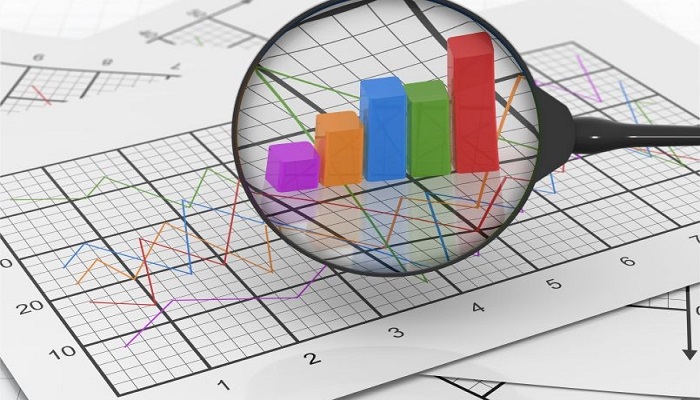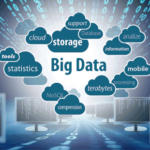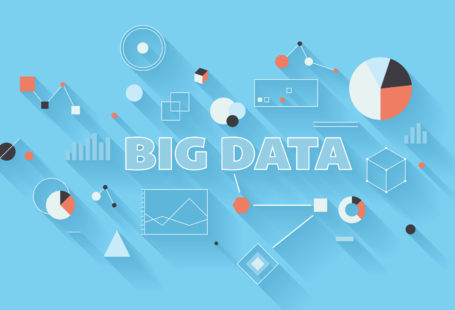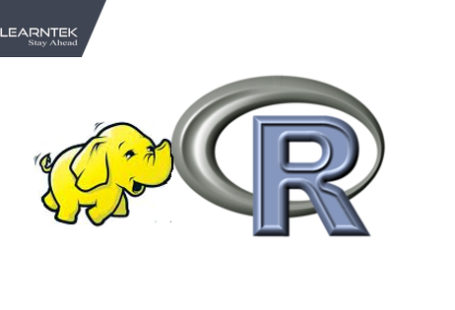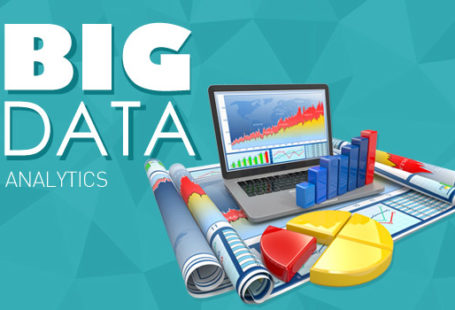What is Big Data and how is it Useful?
As the name implies, the term Big Data can be applied to any internal and external enterprise based information that can be used to make business forecasts, improve existing infrastructures, manage smart power grids, manage business intelligence and other applications.
Incidentally, this phenomenon is characterized by three main factors namely:
- Volume – how much data is too much data
- Velocity/Speed – the speed at which data is flowing in and out making examination difficult
- Variety – the type of data as well as its range which are too much to take in
In other words, big data is typically used by enterprises to manage their business intelligence processes and programs. However, with relevant analytics, it can be harnessed to gain richer insights into business practices from a number of resources and transactions to unearth hidden trends and relationships.
Big Data Analytics in Action
There are basically 4 types of analytics that big data depends on:Prescriptive
Prescriptive
These analytics reveals what kind of actions should be taken and which determines future rules and regulations. These are quite valuable since they allow business owners to answer specific queries. Take the bariatric health care industry for example. Patient populations can be measured using prescriptive analytics to measure how many patients are morbidly obese. That number can then be filtered further by adding categories such as diabetes, LDL cholesterol levels and others to determine the exact treatment. Some companies also use this data analysis to forecast sales leads, social media, CRM data etc.Diagnostic
Diagnostic
These analytics analyze past data to determine why certain incidents happened. Say, you end up with an unsuccessful social media campaign; using a diagnostic big data analysis you can examine the number of posts that were put up, followers, fans, page views/reviews, pins etc that will allow you to sift the grain from the chaff so to speak. In other words, you can distill literally thousands of data into a single view to see what worked and what didn’t thus saving time and resources.
Descriptive
This phase is based on present processes and incoming data. Such analysis can help you determine valuable patterns that can offer critical insights into important processes. For instance, it can help you assess credit risk, review old financial performance to determine how a customer might pay in the future and even categorize your clientele according to their preferences and sales cycle. Mining descriptive analytics involves the usage of a dashboard or simple email reports.
In a nutshell we can say that harnessing the potential of big data can aid entrepreneurs add context to their business data to get a more in depth and focused view of their needs. With analytics, those massive volumes of information can be simplified to determine actionable steps to ensure accurate business decisions. In other words, if you can understand and demystify big data, then you can increase your business value tenfold and leave your competitors in the dust to boot.
Predictive Analytics
These analytics involves the extraction of current data sets that can help users determine upcoming trends and outcomes with ease. However, these cannot tell us exactly what will happen in the future but what a business owner can expect along with different scenarios. In other words, predictive analysis is an enabler of big data in that it amasses an enormous amount of data such as customer info, historical data and customer insight in order to predict future scenarios. In this way it allows organizations to utilize large volumes of information to determine their clientele’s future perspectives.
Inferential Analytics
This type of data analytics takes different theories of the world into account or certain parts according to certain ‘subjects’. In other words they take a small sample of info to determine certain facets of bigger issues such as a large population. It basically takes the quantity the analyst cares about along with any anomalies in estimates and relies heavily on the population and sample type.Causal Analytics
Causal Analytics
These types of analytics allow big data analysts figure out what can happen if they change a component or variable in a bigger scheme. This method typically involves a number of random studies but non random studies are also conducted at times to infer causation. Causal analytics is considered the ‘gold standard’ when it comes to analyzing large volumes of data and involves random trial data sets.
Mechanistic Analytics
These take the most effort but pay off with clear results. Mechanistic analytics, as the name implies, allow big data analysts to understand clear changes in procedures or variables that can result in a change of variables in single objects. The results are typically determined by equations in engineering and physical science, but they can also be quite hard to infer. Additionally, if the analyst knows the equation but not the parameters, they can infer it with data analysis.

